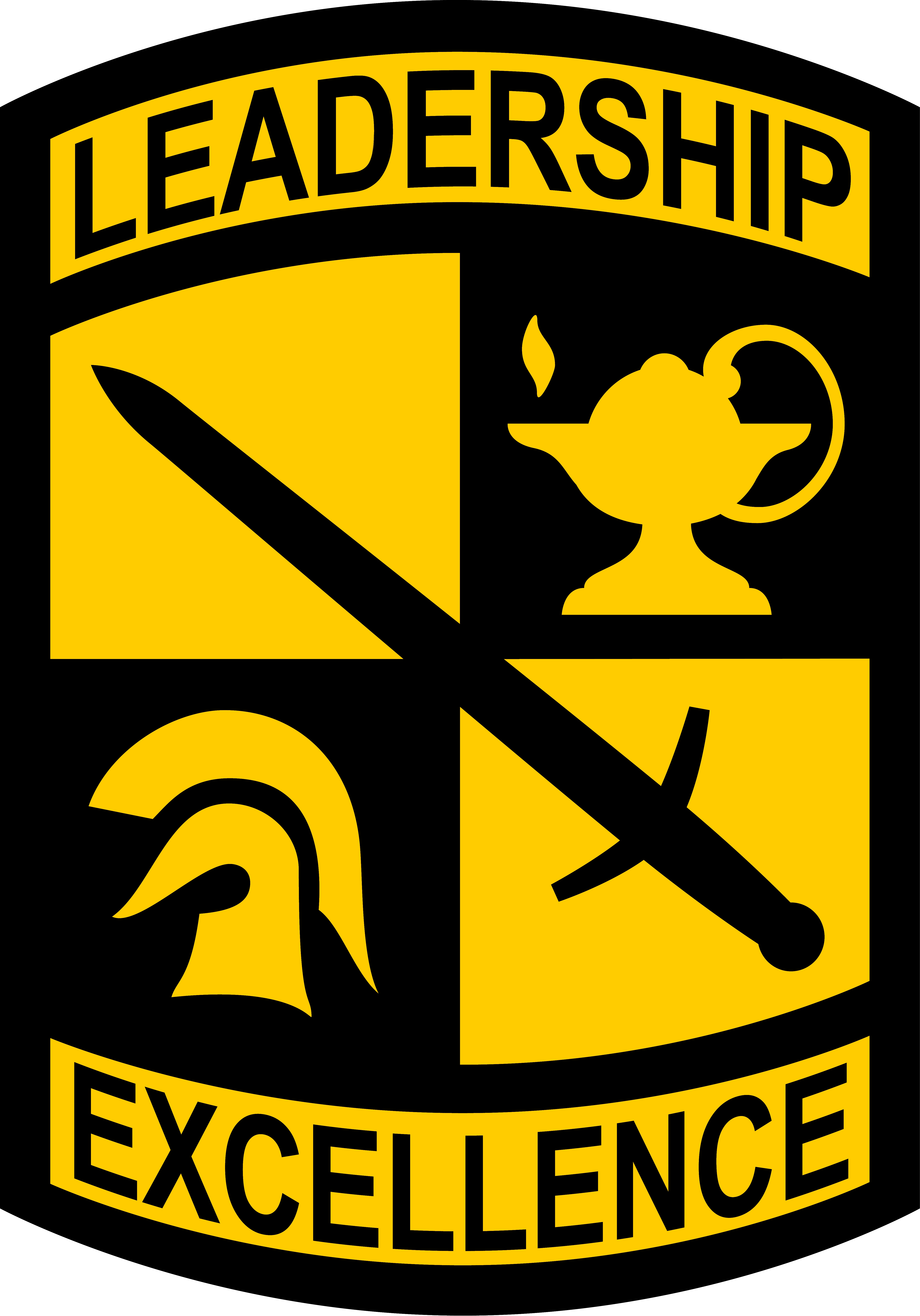A nine-line and time was all 7th Regiment, Advanced Camp Cadets needed to get through their mission successfully – but time was not on their side.
“And in that moment, we only had five minutes and we had prepped the nine-line as much as we could,” said Cadet Nathaniel Sanders, American University. “But five minutes to get the nine-line out, especially with the casualties that I haven’t assessed yet, was stressful, to say the least.”
Sanders was the platoon sergeant (PSG) for the Field Training Exercise (FTX) during Cadet Summer Training at Fort Knox, Kentucky. Along with Sanders was another member of the platoon who volunteered to be the medic for the upcoming mission, Cadet Justin Phares, University of Dayton.

“What they were doing was briefed as a foot patrol,” said 2nd Lt. Donald Pastures, a Movement Control Officer. “But it is a movement to contact where they’re supposed to move out a certain distance and then the OPFOR [opposing forces] will attack them along the way.”
With this in mind, the platoon leader planned the mission while Sanders ensured everyone had enough ammunition, water, and a plan for medical evacuations, including a nine-line medevac that would assist casualties out safely.
“I worked with my medic to make sure that we had AXPs – Ambulatory Extraction Points. So if we took contact and then had a casualty on the mission, we could pull them out,” said Sanders.
As they were patrolling closer to the objective, OPFOR began firing. After clearing the objective, or at least what they thought was clear, an Arty-Sim was launched, making them flee the objective.
“I was expecting the mission to be a little more chaotic in the beginning but it went relatively smoothly. So it kind of lulled me into a sense of we’re done,” said Sanders. “And then all of a sudden, I moved up to the assaulting to help deal with one casualty we had – and out pops more OPFOR.”

With what originally felt like a simple mission and back to safety, Sanders and the platoon began providing aid to the casualty – but as they were doing so, more OPFOR came out to attack. When they took down OPFOR at last, time was no longer on their side as they only had five minutes left to deliver a nine-line medevac request to higher.
Despite the casualties still coming in and being assessed, Sanders was able to successfully deliver the nine-line, giving higher all the information they needed for their mass casualty situation.
The medic, who was attached to the platoon sergeant throughout the mission, helped in aiding the casualties to the AXP and assessing them.
“The thoughts going through my head when we started to get more casualties at the end were somewhat of a panic,” said Phares. “But I wasn’t horribly worried because our platoon in my opinion does a pretty decent job at essentially reacting very quickly and responsively to whatever happens.”

